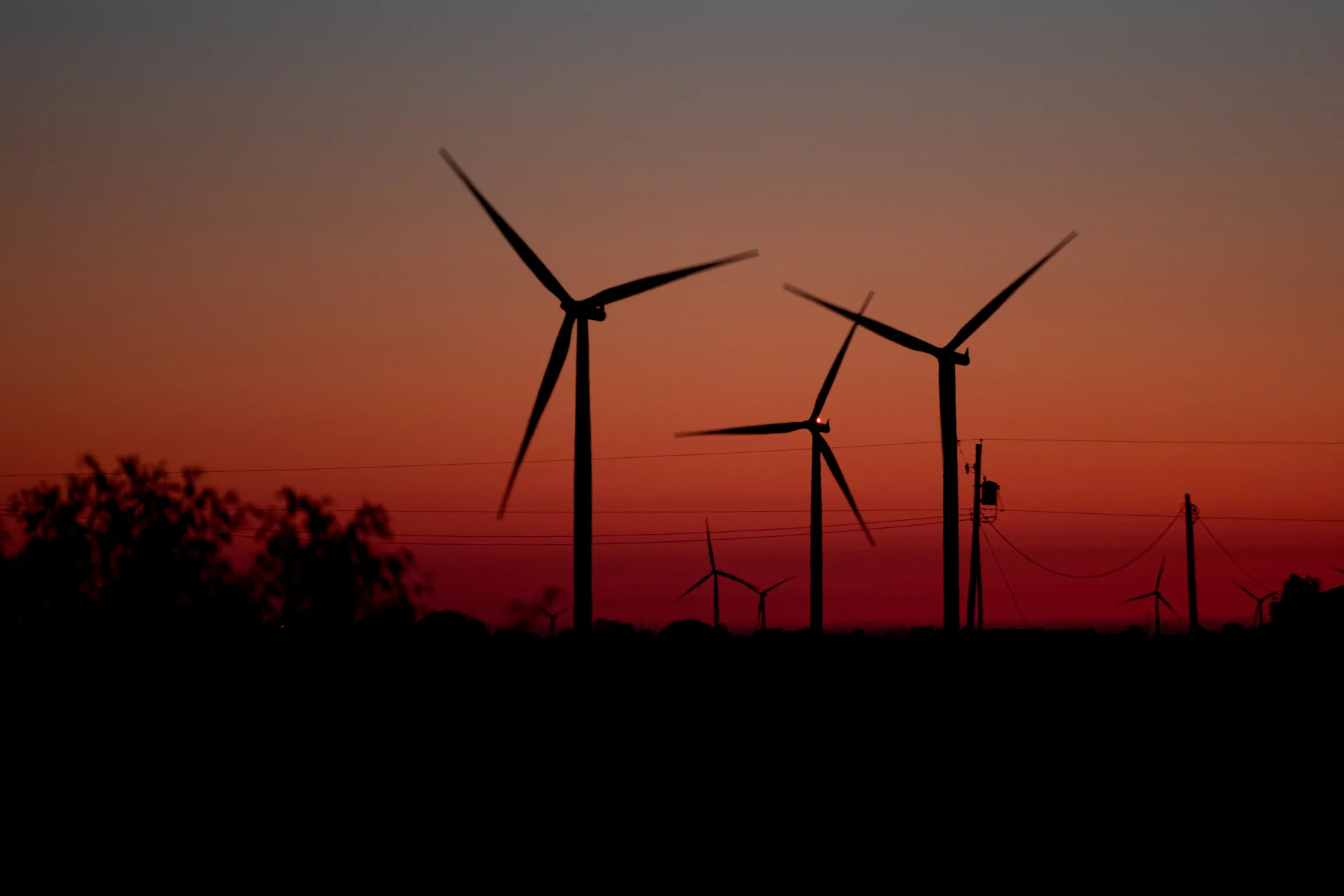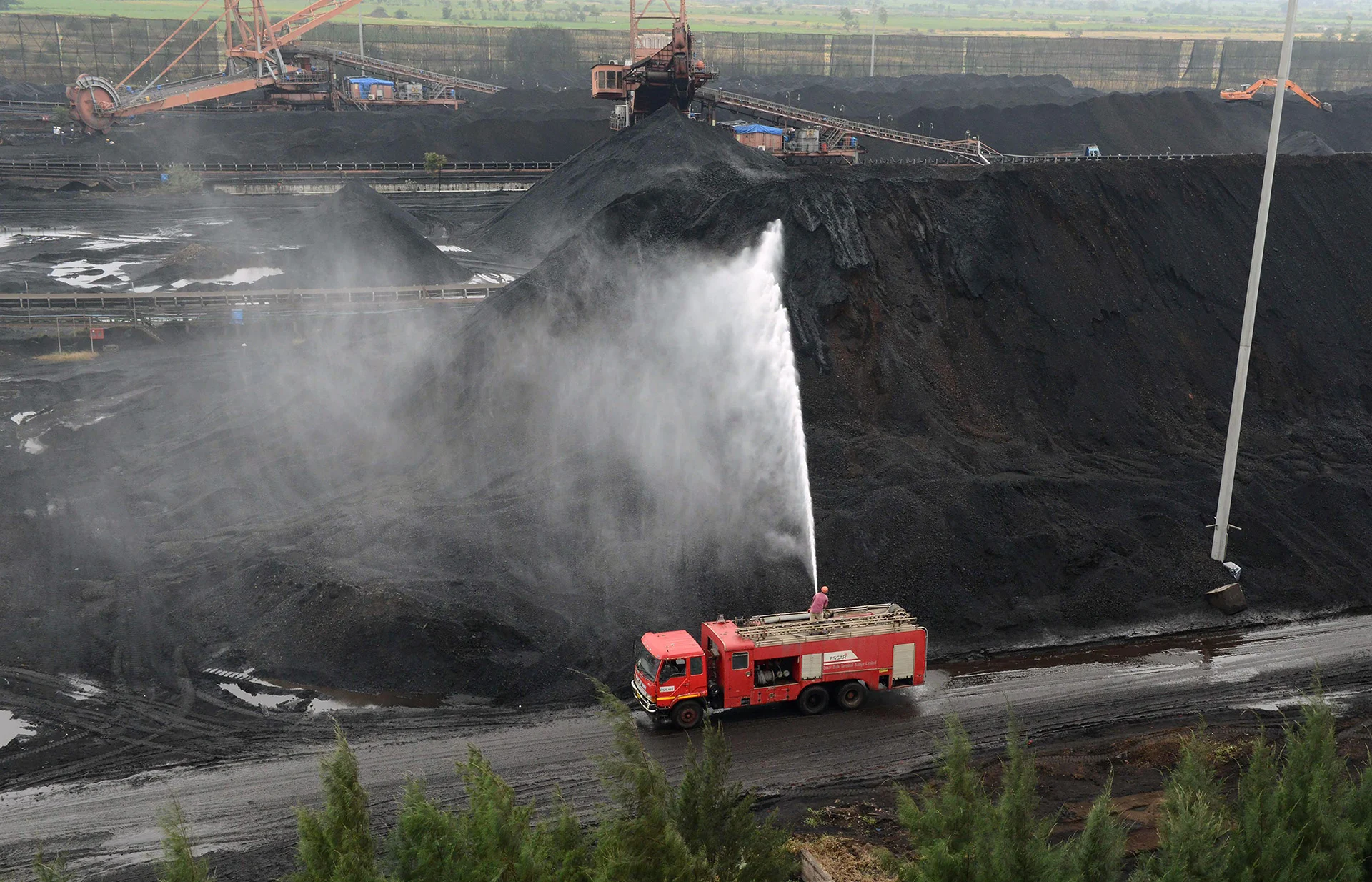
Time to act is now as UN expert suggests fossil fuels are "dead end"
Key climate change indicators set alarming records in 2021 and extreme weather has a heavy toll on human lives.
Extreme weather has become the day-to-day “face” of the climate crisis, stated experts from the UN upon the release of their new State of the Global Climate report.
Ringing yet another alarm about global disruptions — made worse by heat trapping emissions — the UN World Meteorological Organization (WMO) agency highlighted the “vulnerability of populations to current weather and climate events” and reported “loss and damages of more than US$100 billion, as well as severe impacts on food security and humanitarian aspects due to high-impact weather and climate events.”
This sentiment surrounding the relevance of extreme weather is supported by many Canadians who in recent surveys shared an understanding of climate change through their direct experiences with weather events, such as when a heat dome and subsequent flood devastated parts of Western Canada in 2021.
According to WMO Secretary General Dr. Petteri Taalas, “Our climate is changing before our eyes. The heat trapped by human-induced greenhouse gases will warm the planet for many generations to come.”
The new UN report found 2015 to 2021 are the seven warmest years on record and notable key climate indicators set new records in 2021.

A wind turbine farm in Ontario, Canada. (Neil Ever Osborne)
Greenhouse gas concentrations in the atmosphere reached a new high of 413.2 ppm — a 149 per cent increase from the pre-industrial era. As a consequence of melting ice and glaciers, along with thermal expansion, the global mean sea level reached a new high after averaging a 4.5 mm rise per year from 2013 to 2021.
Ocean heat content in 2021 was also the highest on record, and the report noted this warming trend will only continue. The report also stated ocean acidification was measured to be at its lowest in 26,000 years, a result of the ocean absorbing almost 25 per cent of human-induced emitted carbon.
Additionally in 2021, the State of the Global Climate report noted the Antarctic ozone reached a maximum area, Greenland had its first-ever rainfall at its highest point, and heatwaves shattered records across the globe, notably in Death Valley with a temperature of 54.4°C.
The WMO further concluded the “compounded effects of conflict, extreme weather events, and economic shocks, further exacerbated by the COVID-19 pandemic, undermined decades of progress towards improving food security globally.”
On the report’s findings, the UN Secretary General António Guterres stated, “The climate report is a dismal litany of humanity’s failure to tackle climate disruption.” Guterres singled out the impact of oil and gas in particular.
“Fossil fuels are a dead end — environmentally and economically,” he said.

An Indian firefighter cools hot coal at a stockyard at a coal-fired thermal power plant belonging to Essar Power in Salaya, some 400 km from Ahmedabad, on Oct. 4, 2016. Essar Power Ltd. is one of India's largest private sector power producers and owns power plants in India and Canada. (Sam Panthaky / AFP / Getty Images)
On the matter of the UN agency’s report, Canada’s Environment Minister Steven Guilbeault stated, “From devastating wildfires to floods, extreme weather in 2021 drove home the urgency of climate action and ambition. Not only do we need to cut the emissions that cause climate change, we need to ensure our communities and our economy are prepared for this new reality.”
Guilbeault continued, “As we address the human drivers of extreme weather,” the WMO “reminds us that it’s critical to build communities and an economy that are resilient.”
For its part in seeking a solution to the climate crisis, along with the nationwide adoption of renewable energy strategies, Canada launched the 2030 Emissions Reduction Plan this past March.
Meanwhile, in Europe this past week, the European Commission launched the RePowerEu initiative, a swift response to the invasion of Ukraine that will reduce the EU’s natural gas imports from Russia by two-thirds before the end of this year and in full by 2027. The emergency package, as it has been described, seeks to bolster the move towards sourcing clean energy.
With a similar action in mind, four European Union countries including Belgium, Denmark, Germany, and Netherlands recently signed an agreement to increase offshore wind capacity tenfold by 2050. With a 150 GW potential capacity, the offshore energy source dubbed the “Green Power Plant” of the North Sea could power as many as 230 million European households, a number well above the current number of homes that rests at 195 million.
Thumbnail Image: Two boys struggle to push up their bike loaded with coal thats been collected at the Jharia coal fields. According to the World Economic Forum, India was home to six out of 10 of the world's most polluted cities in 2020. A majority of India's energy production comes from fossil fuels. (Jonas Gratzer / LightRocket / Getty Images)

